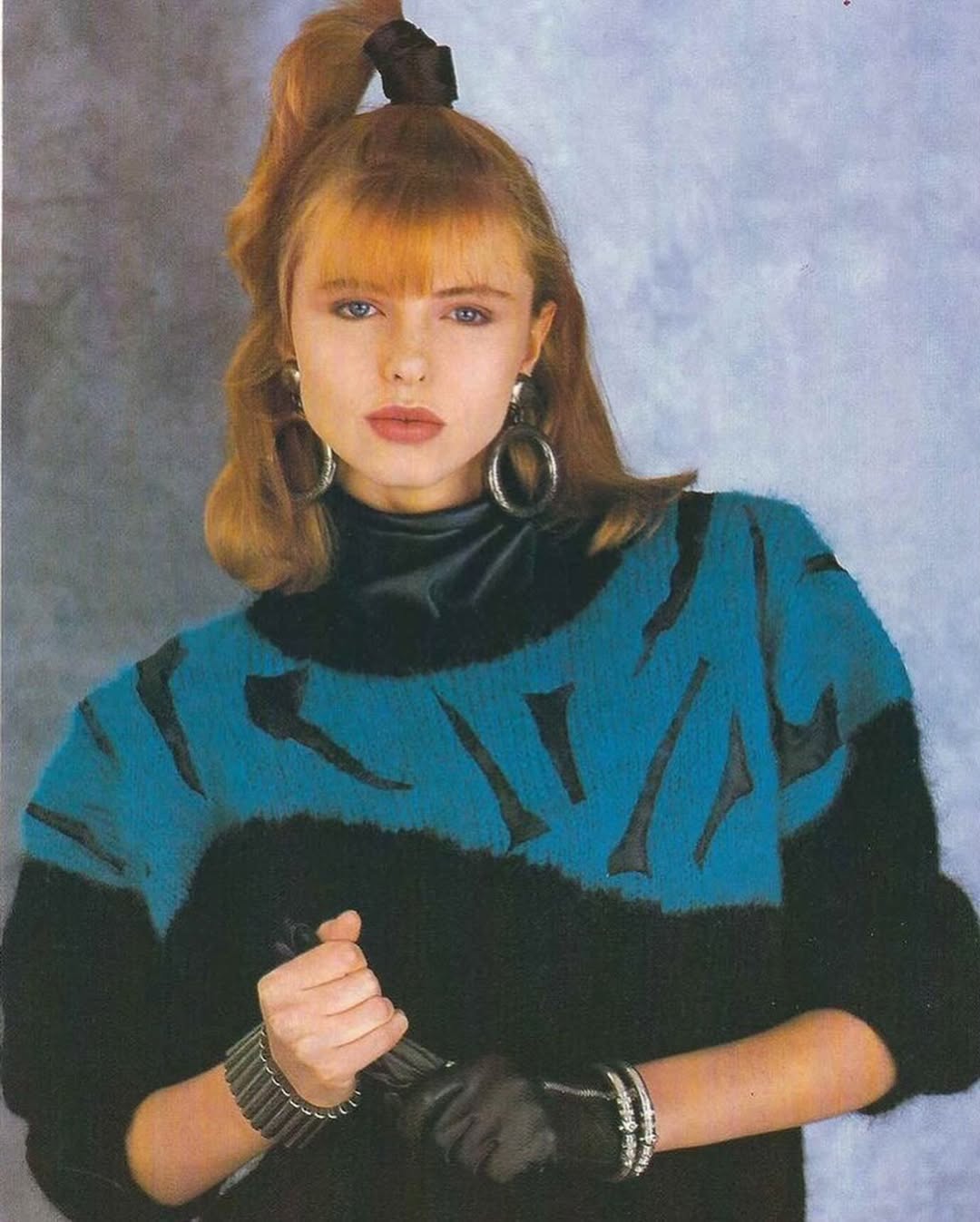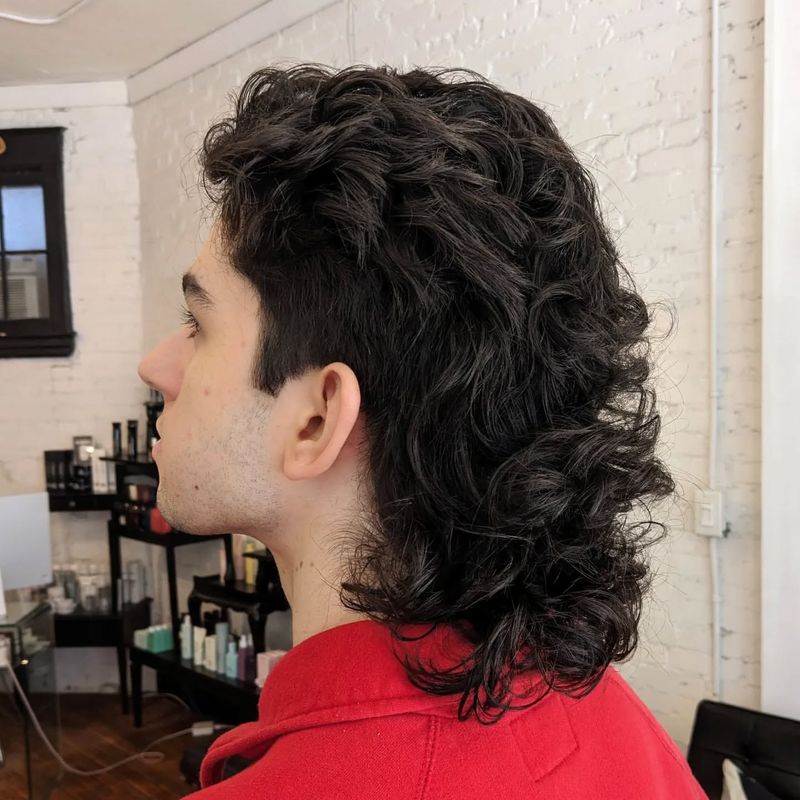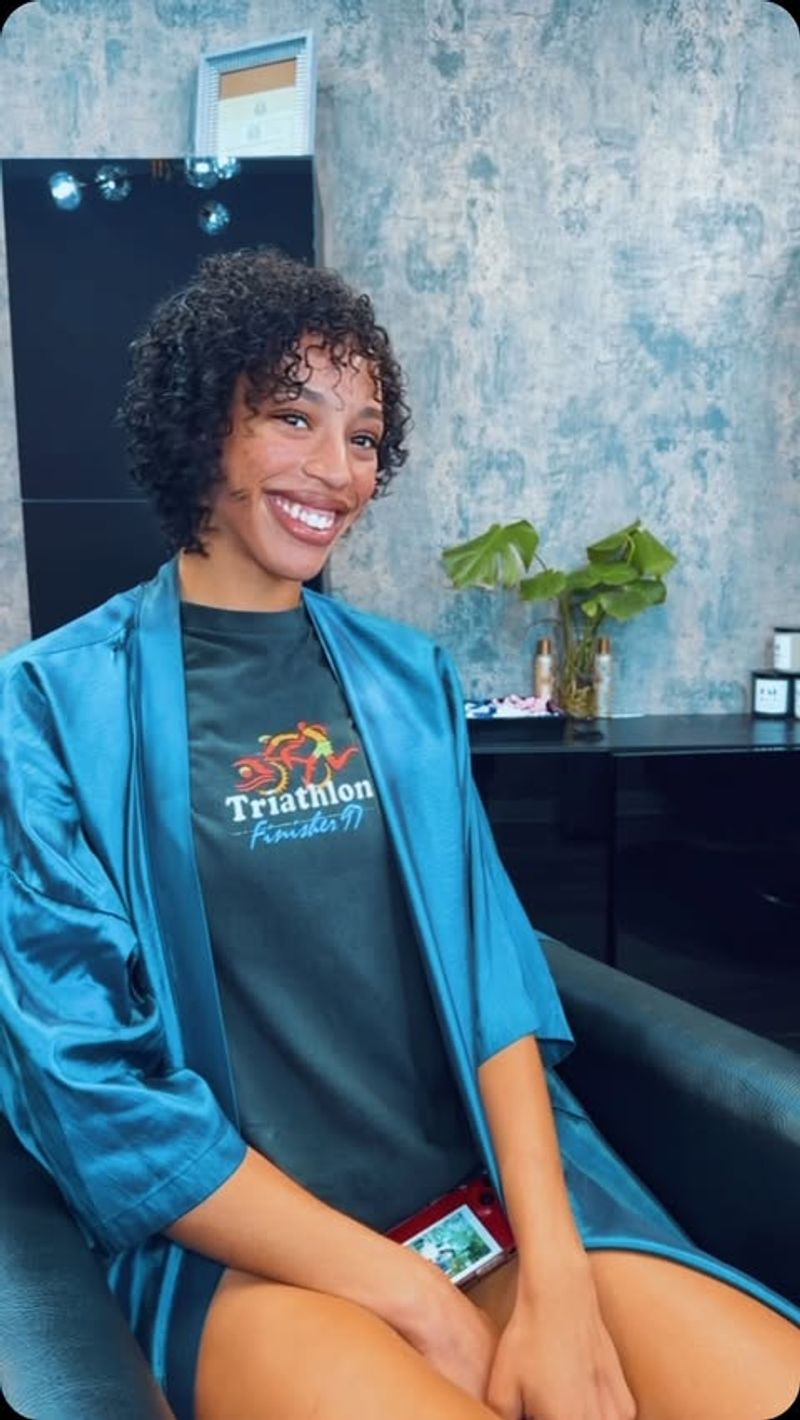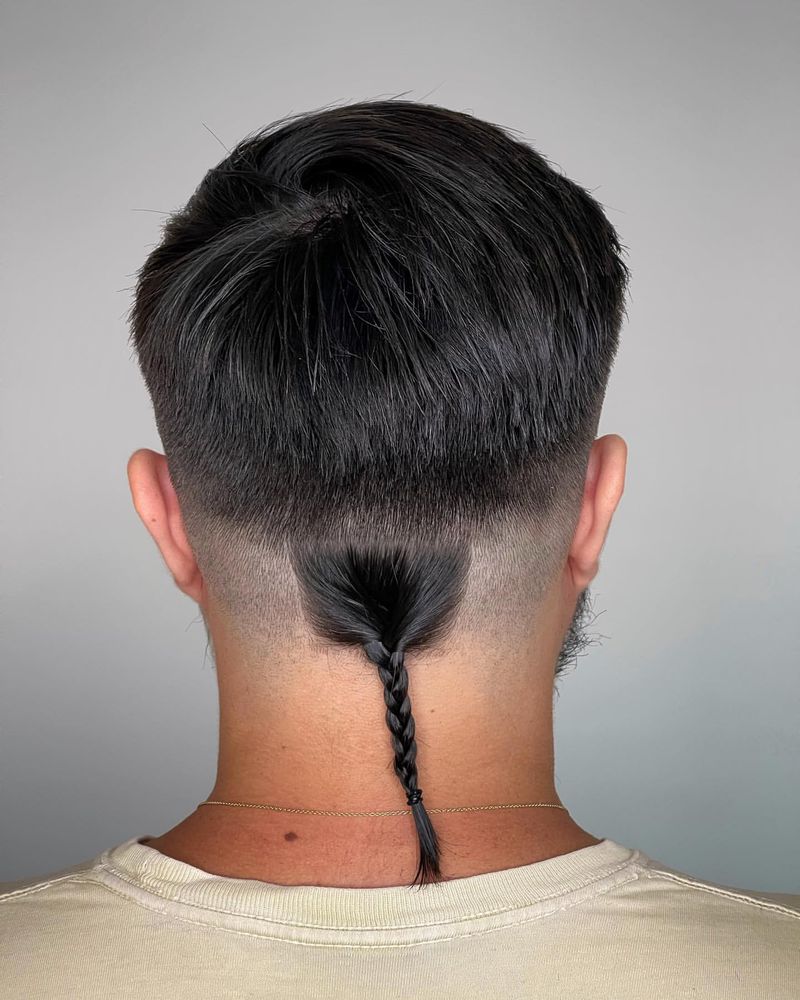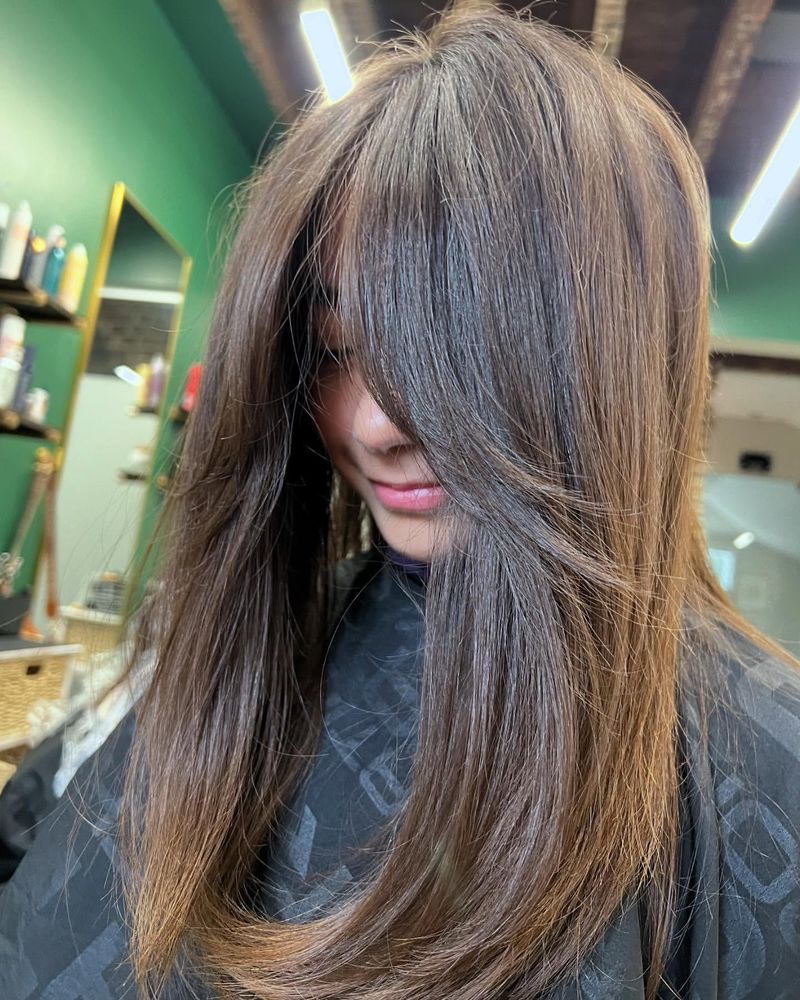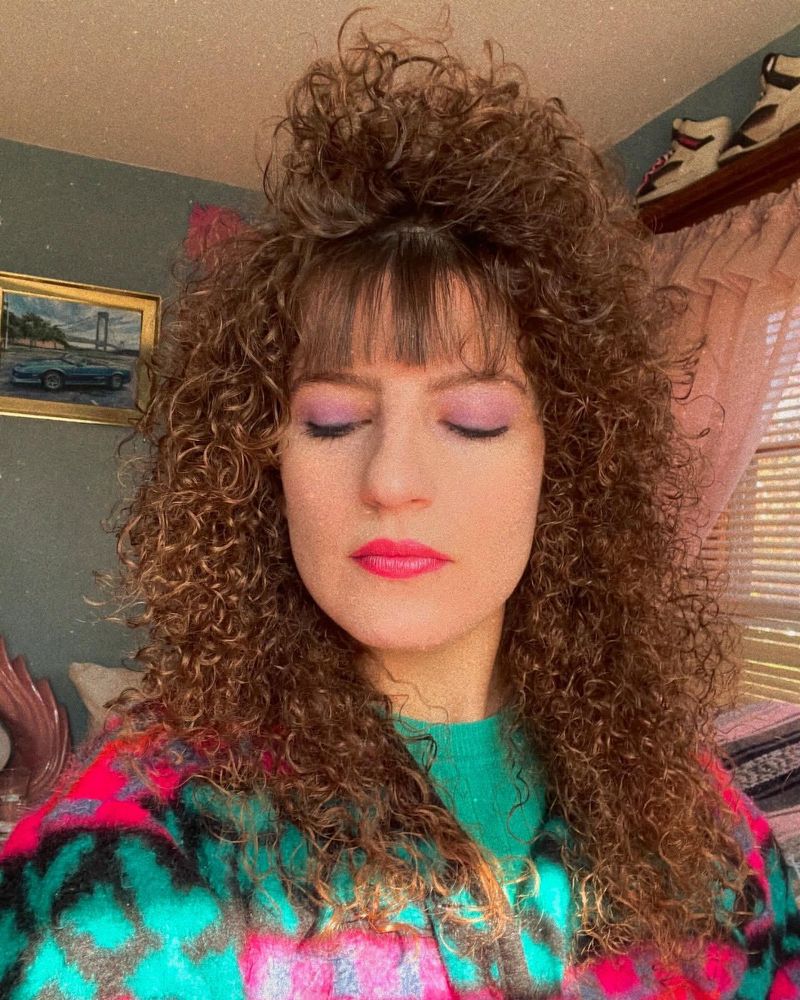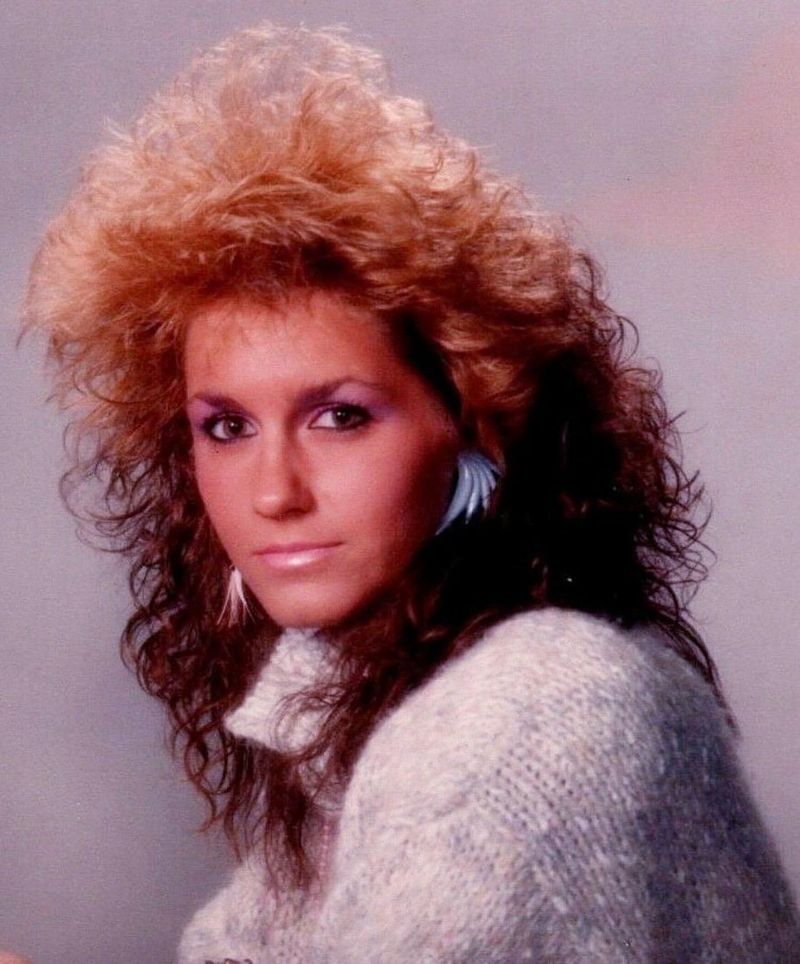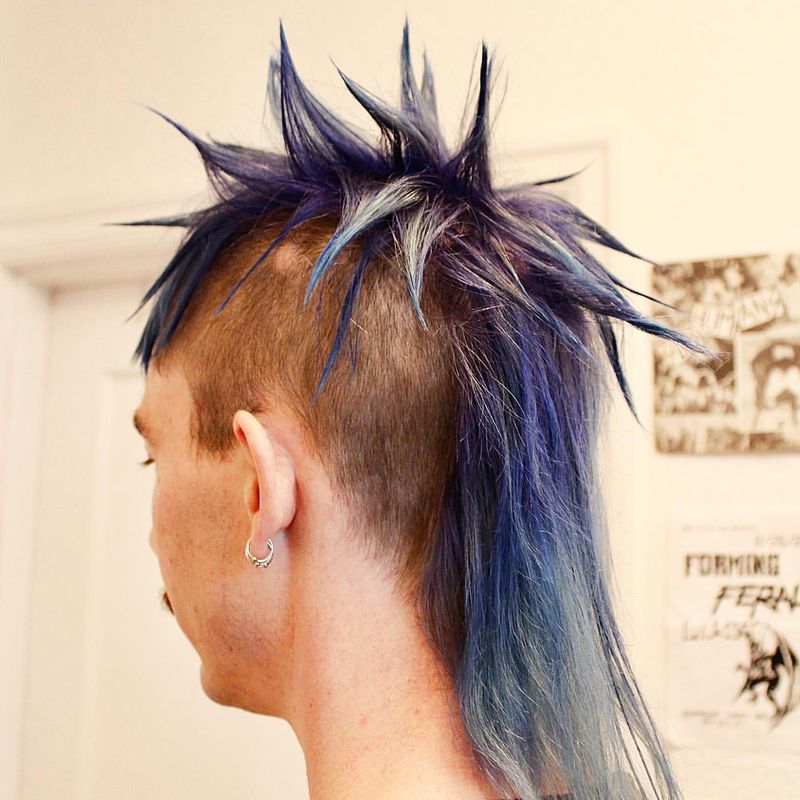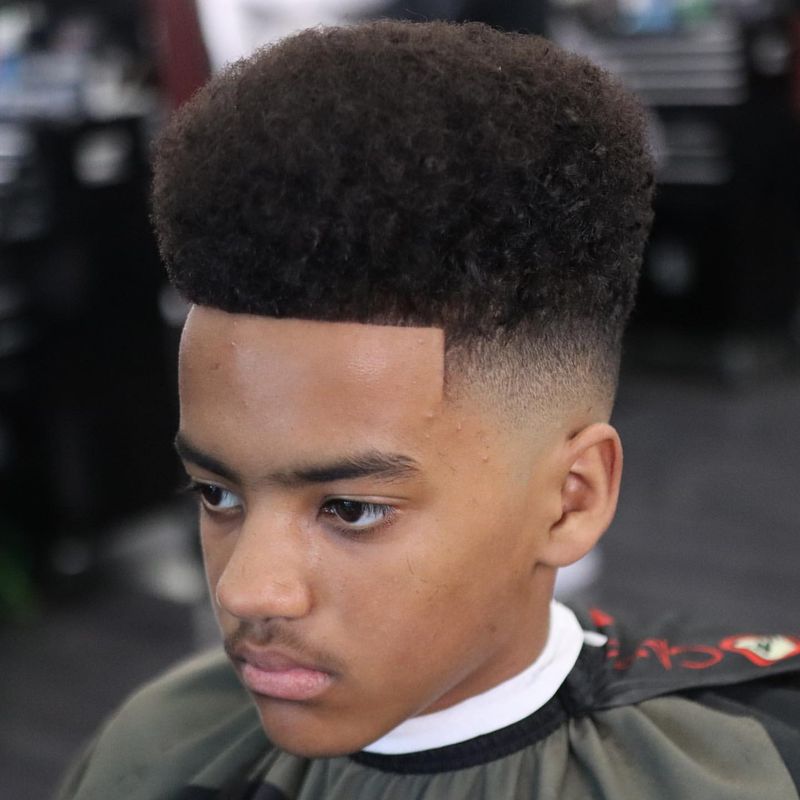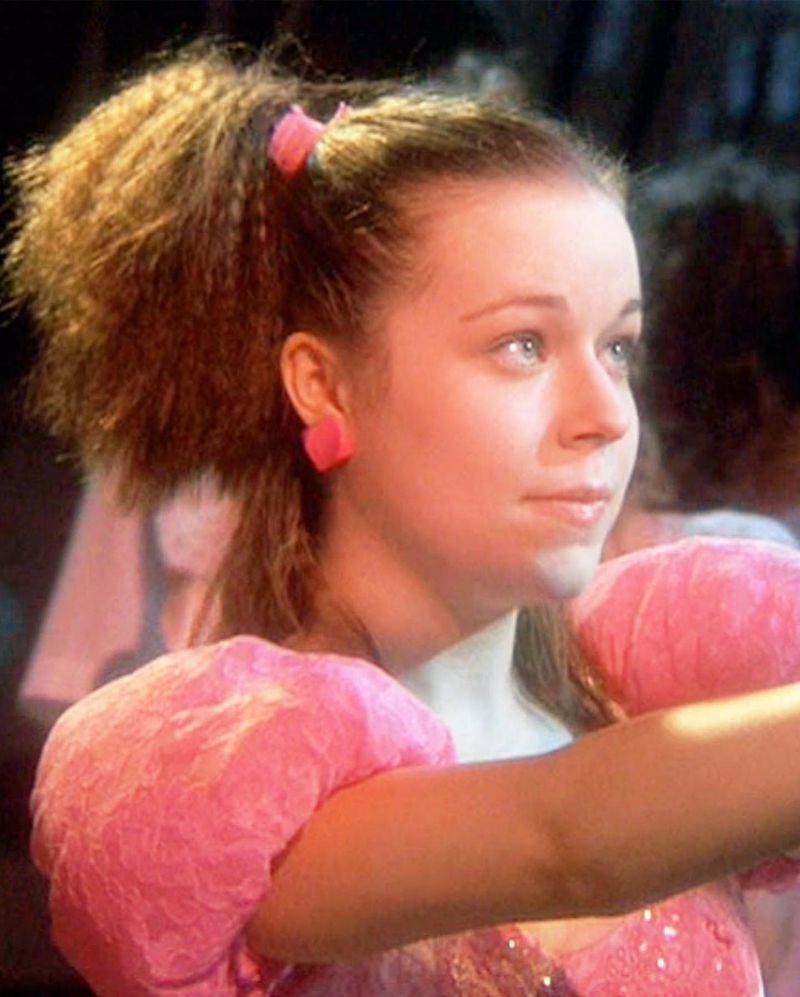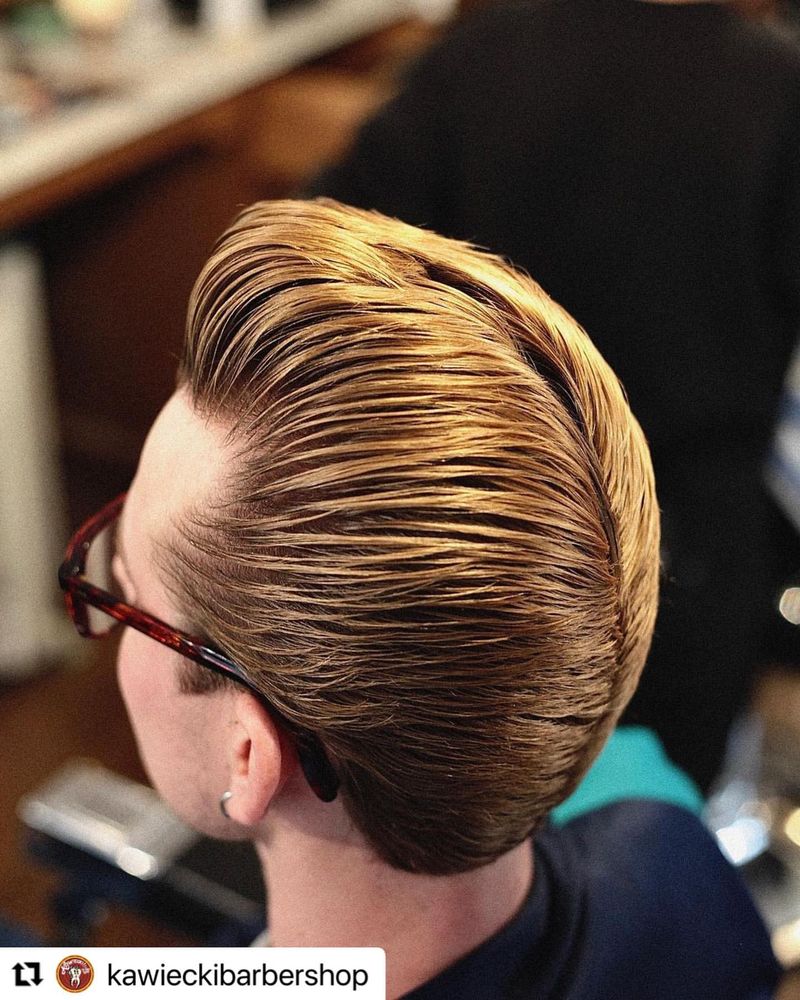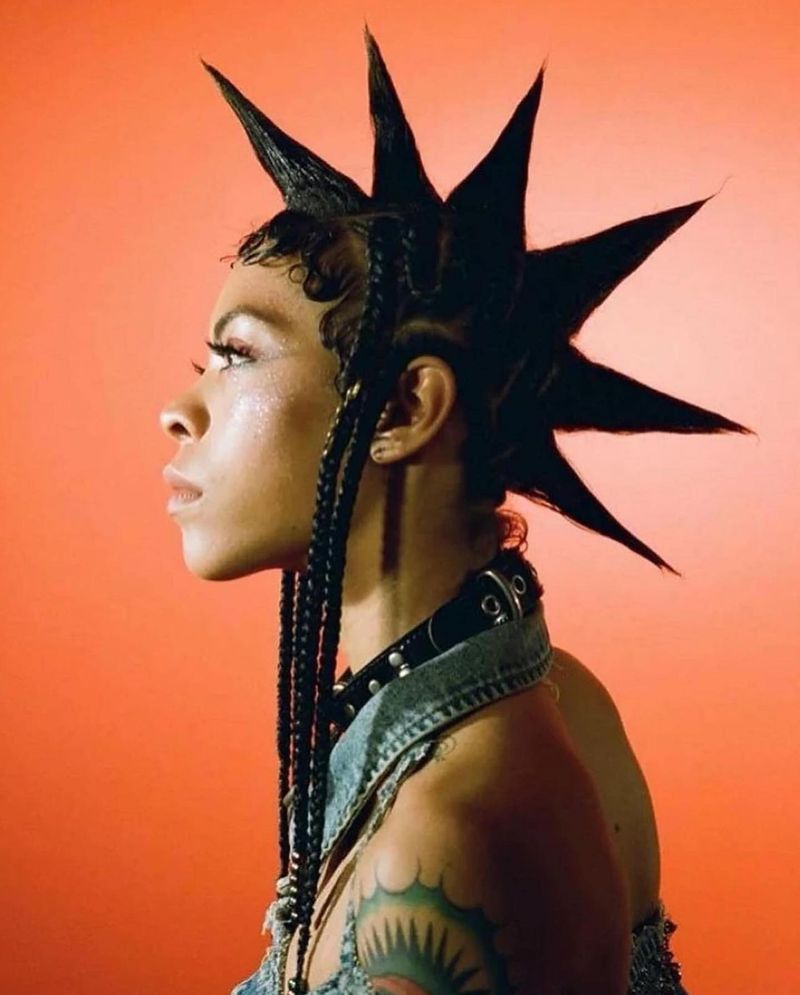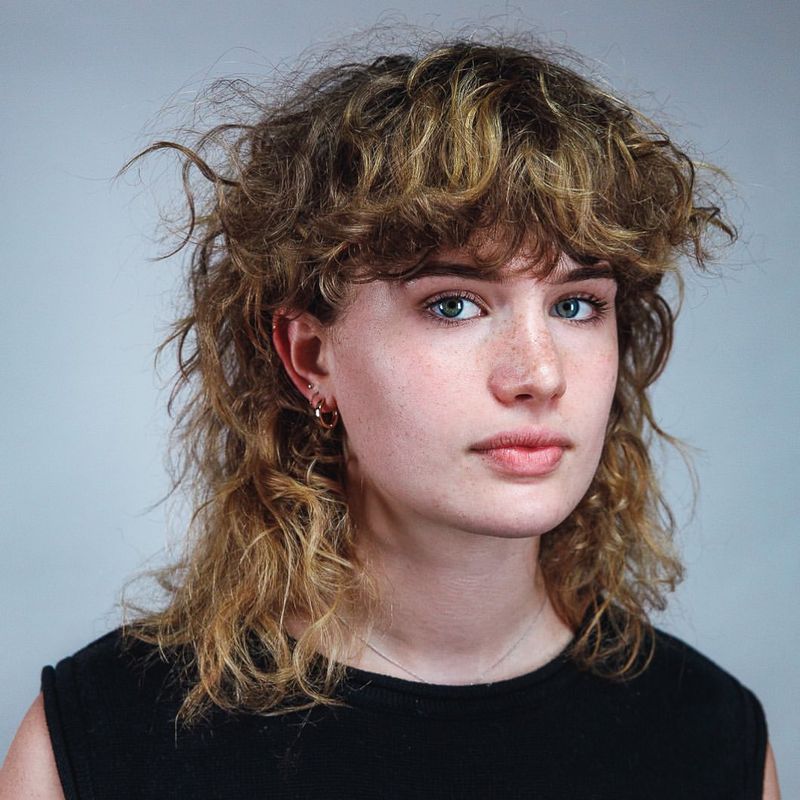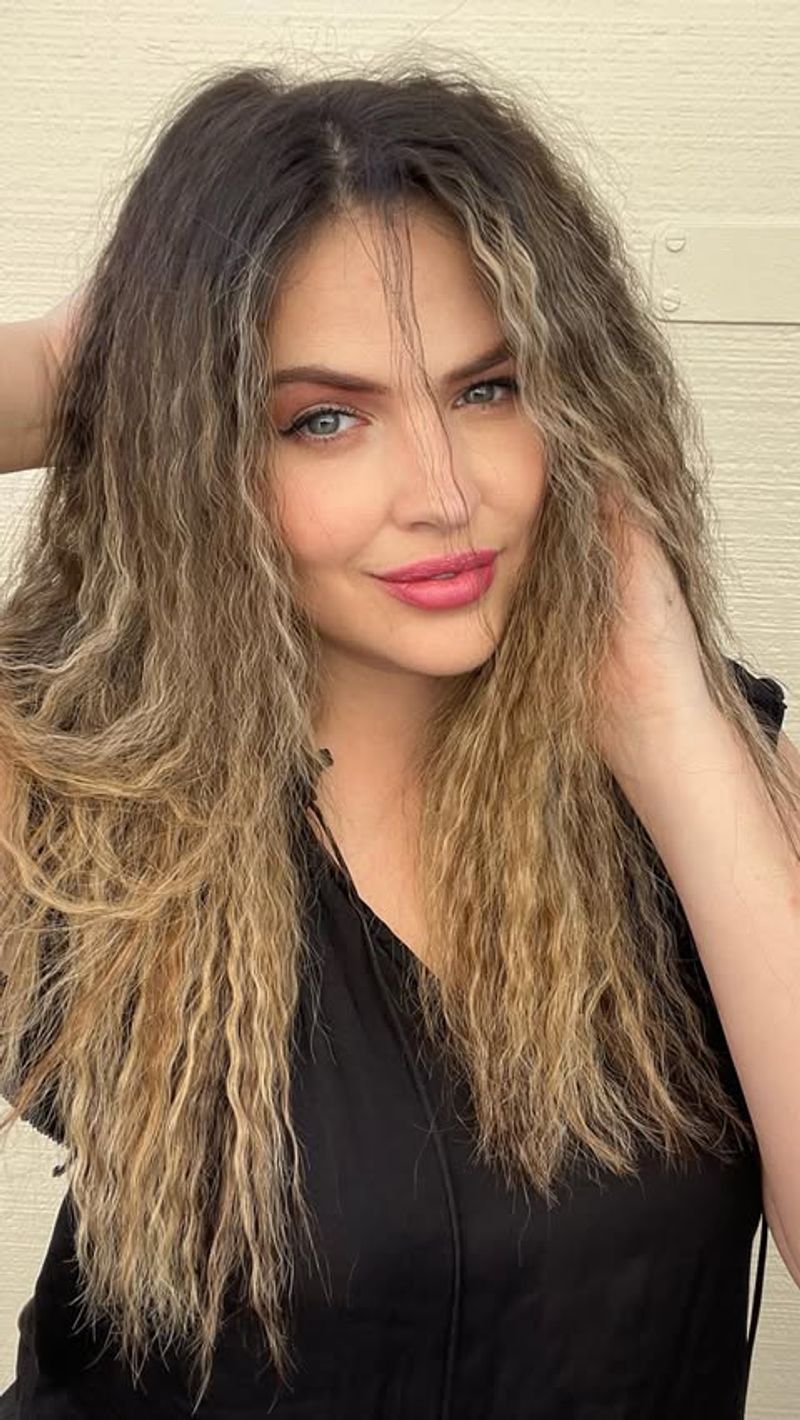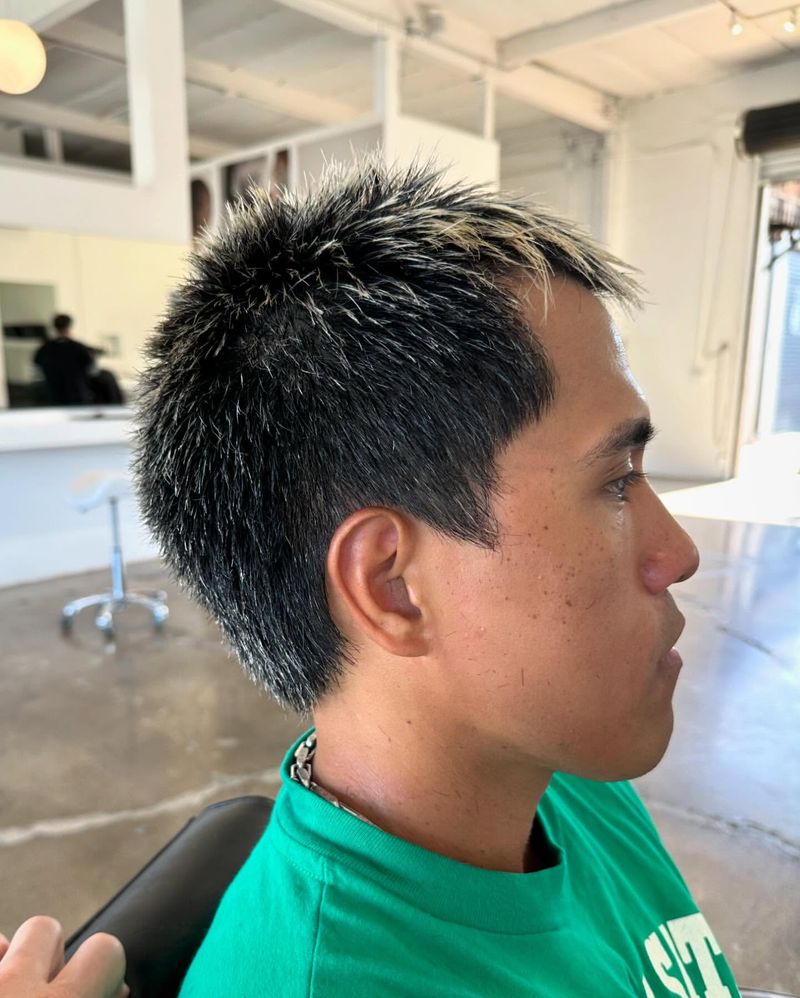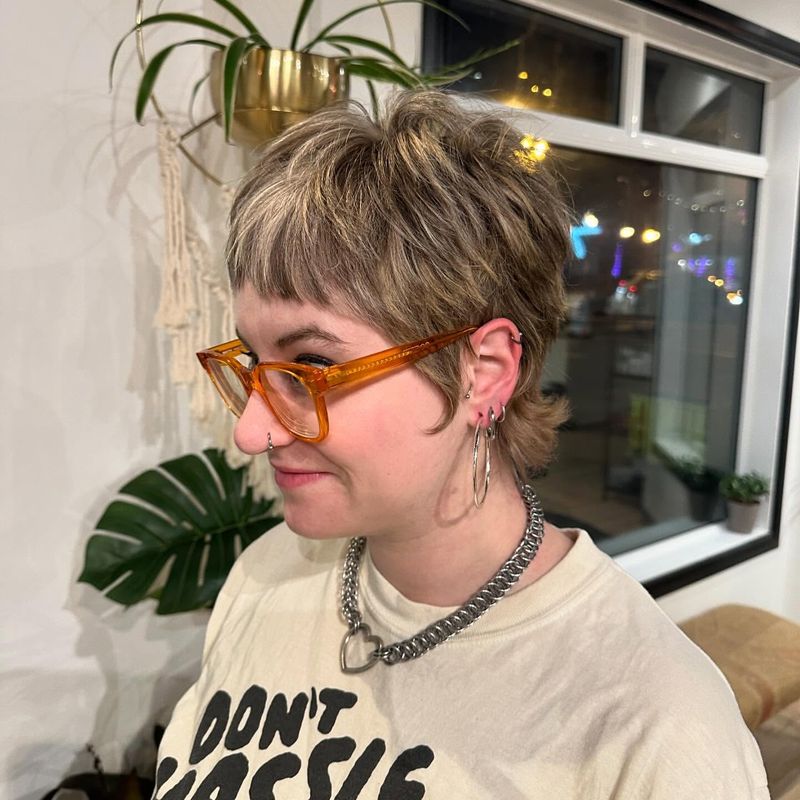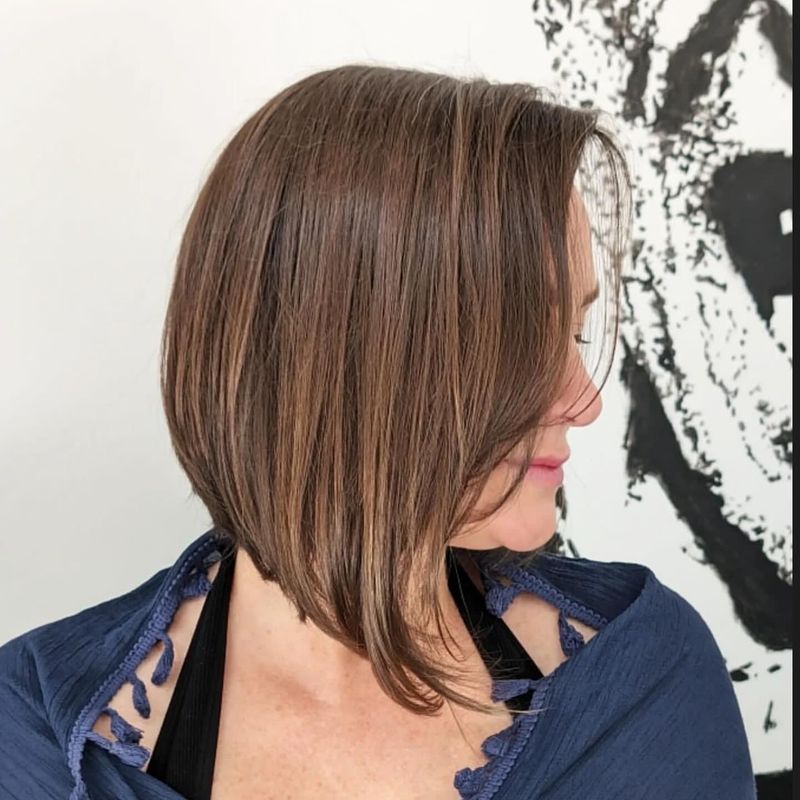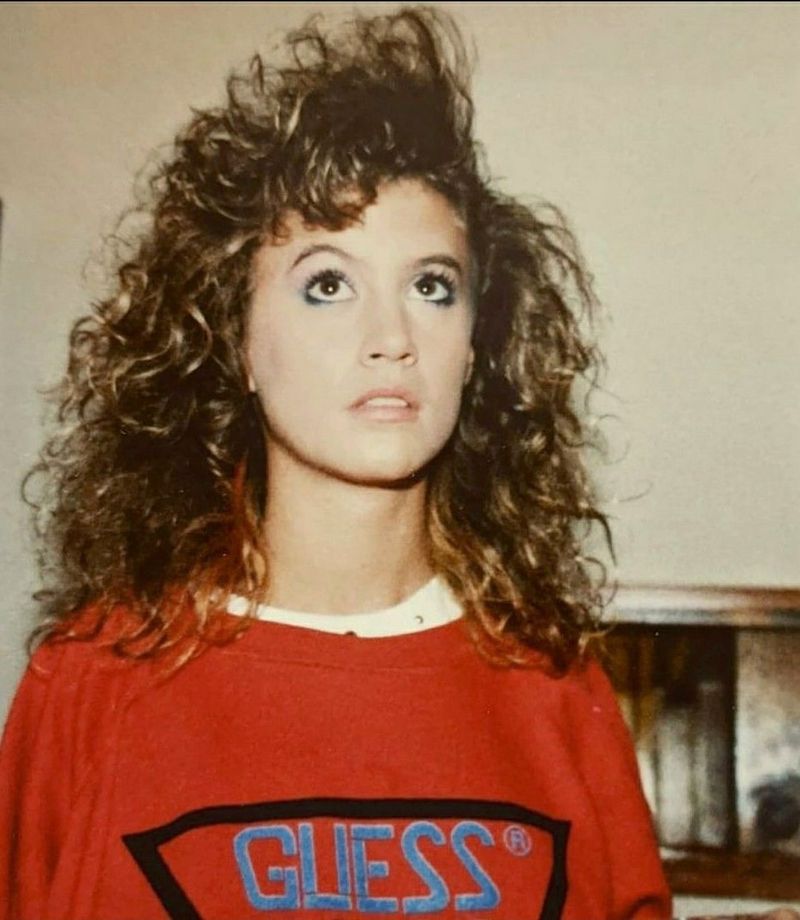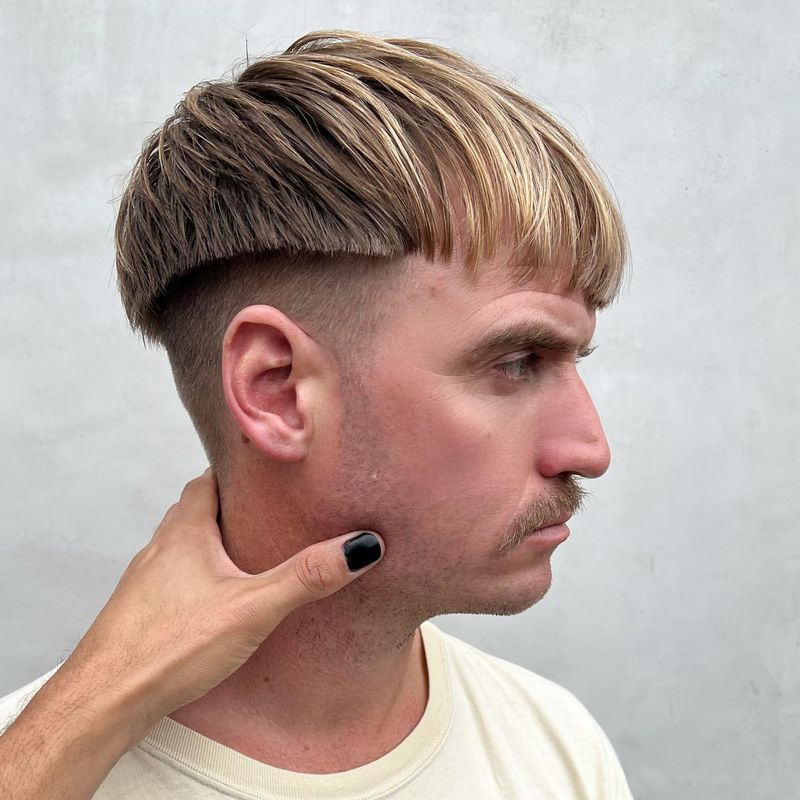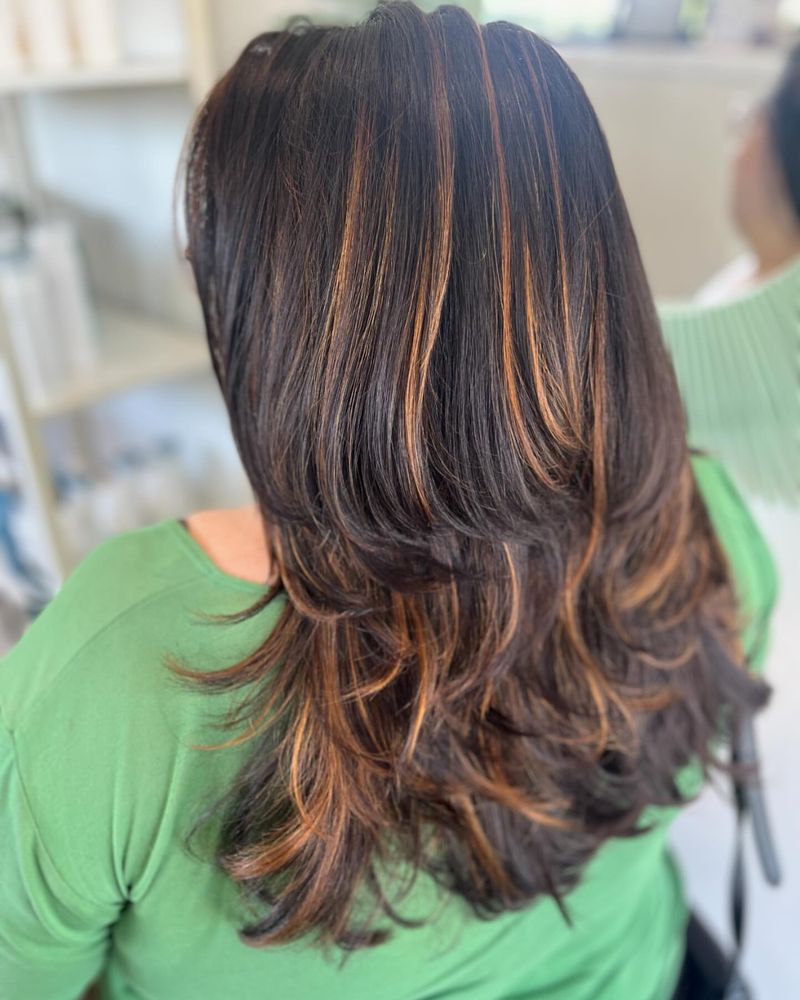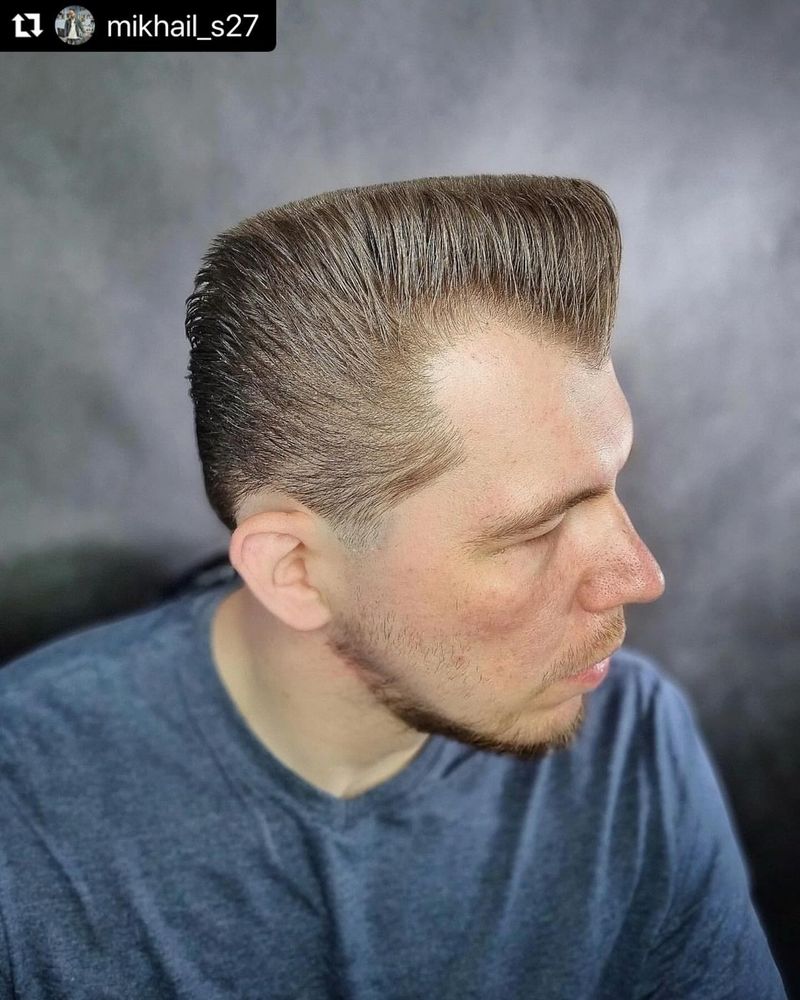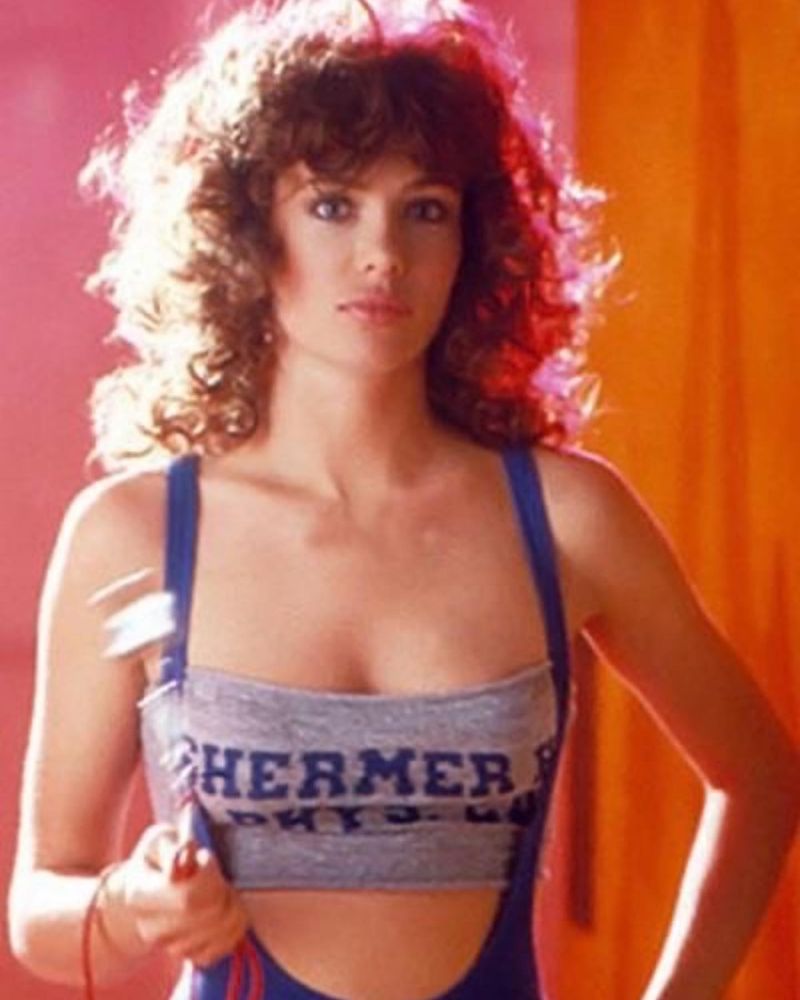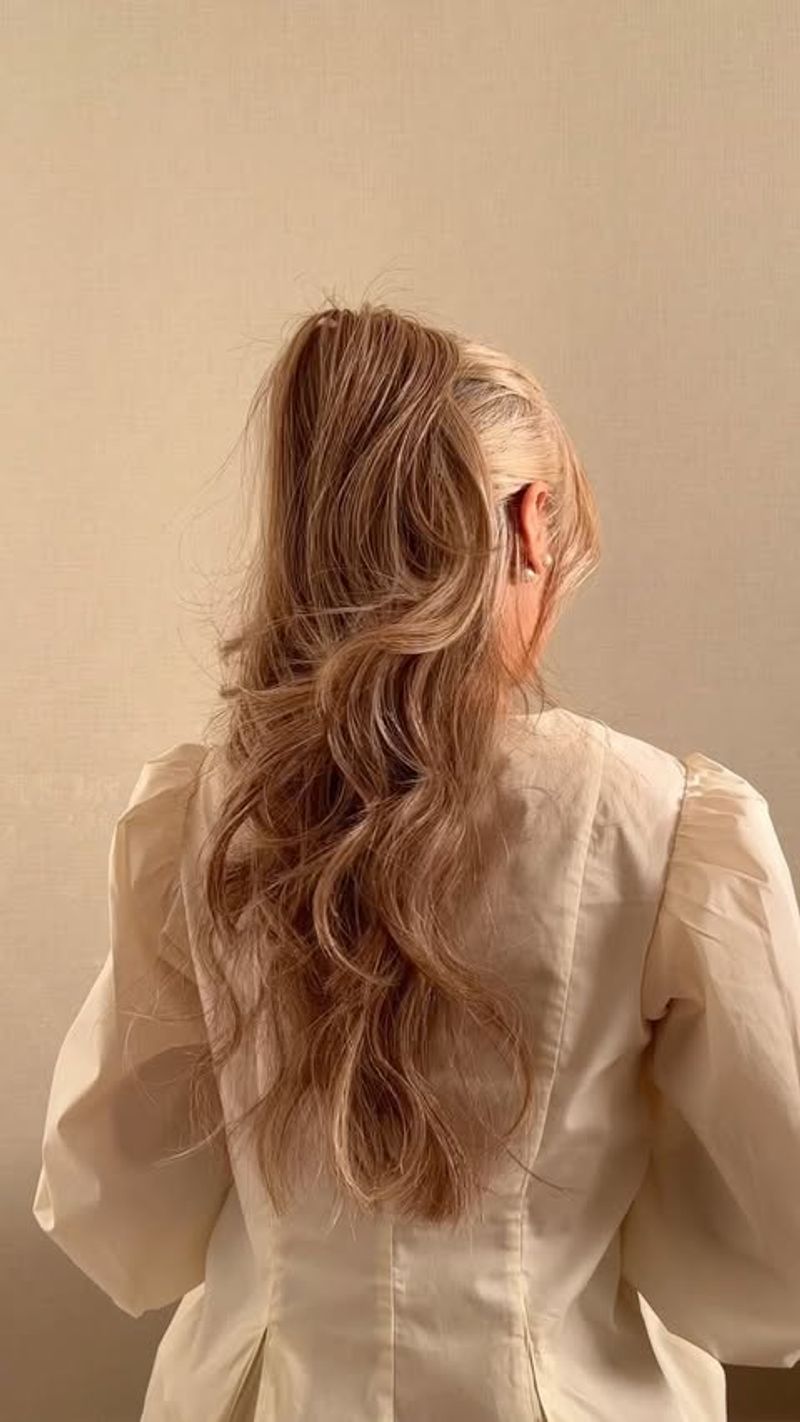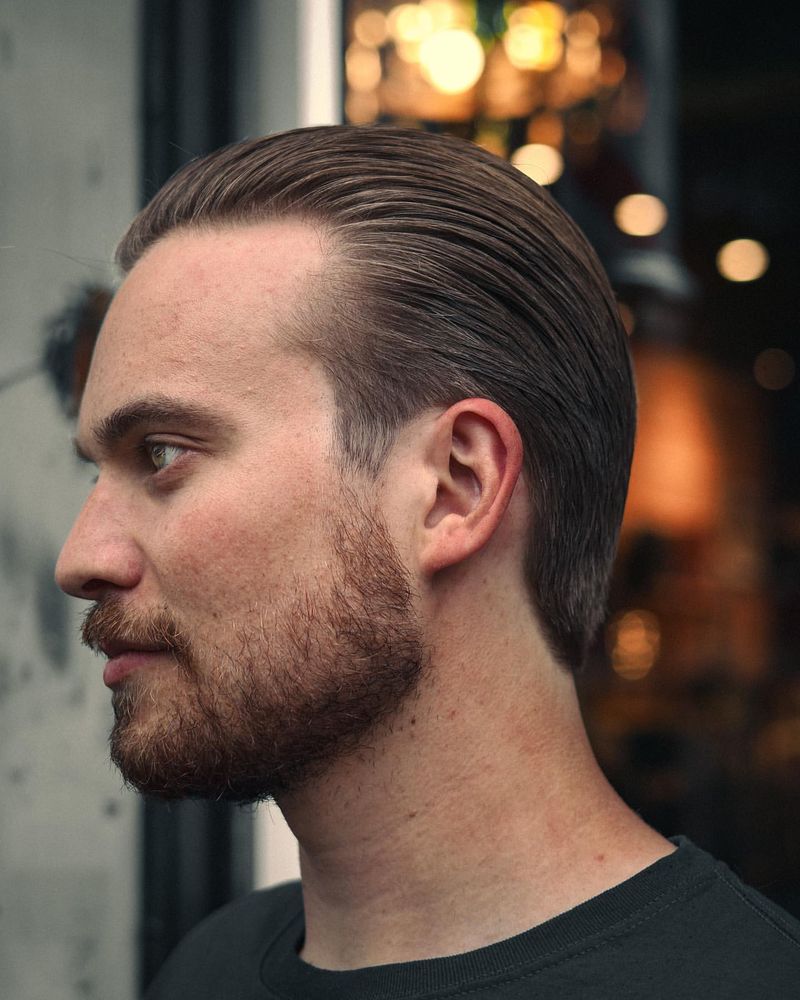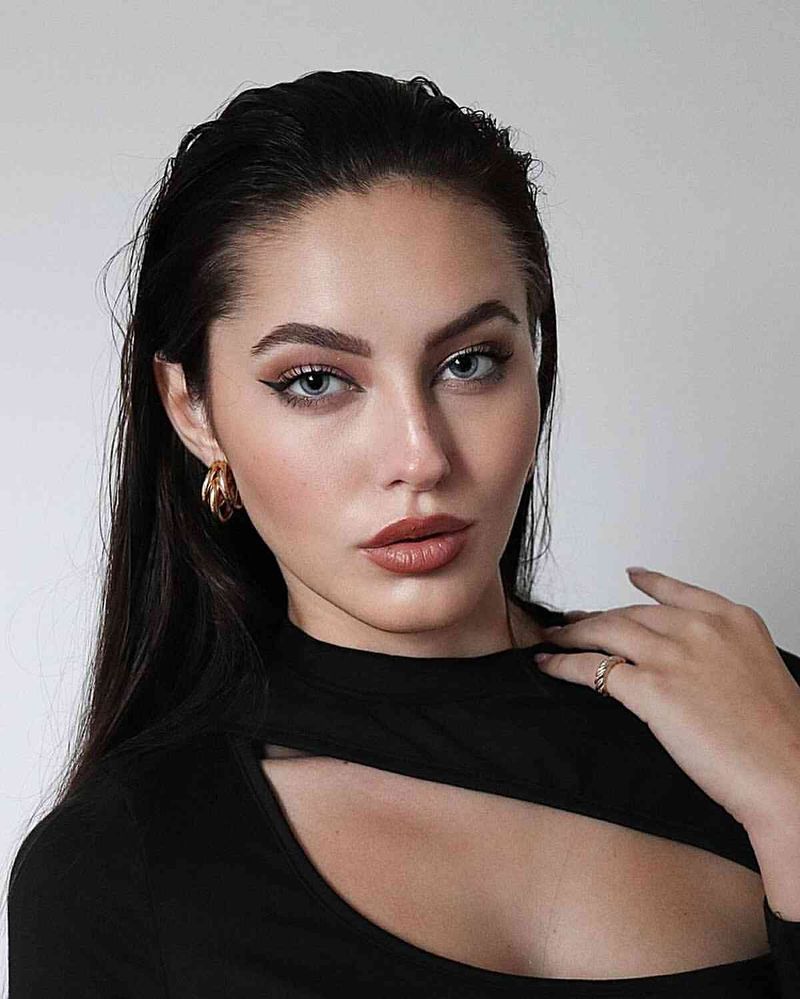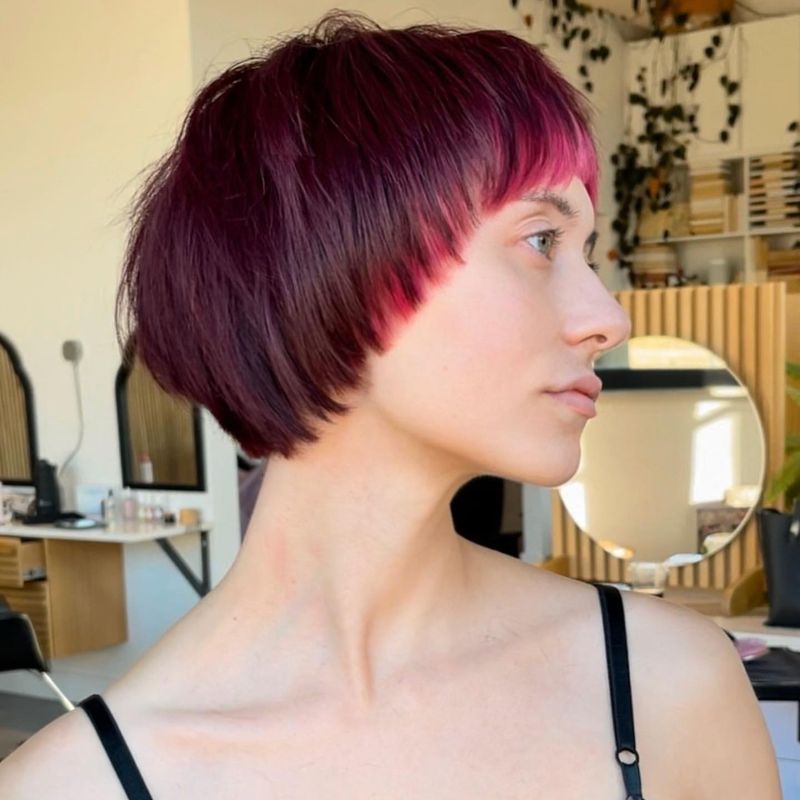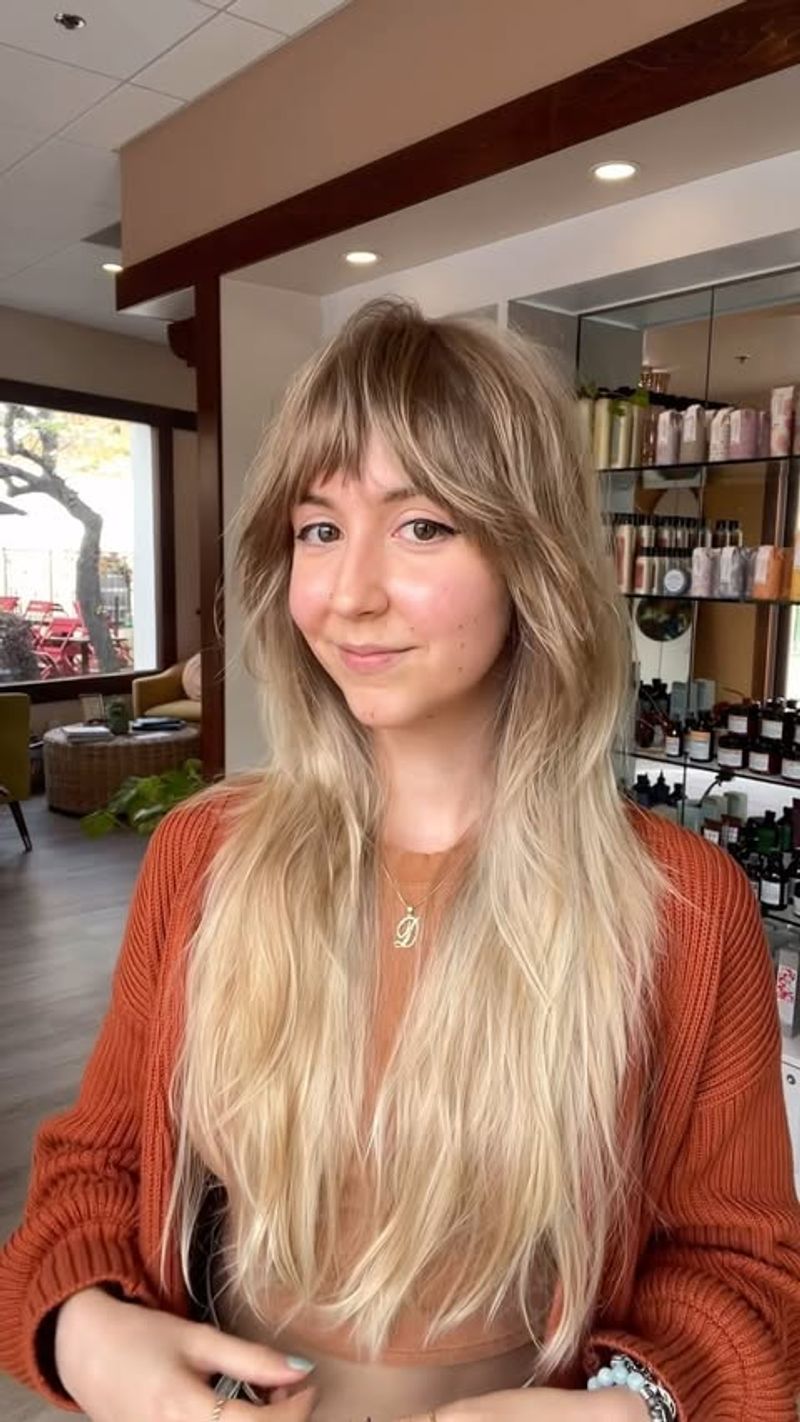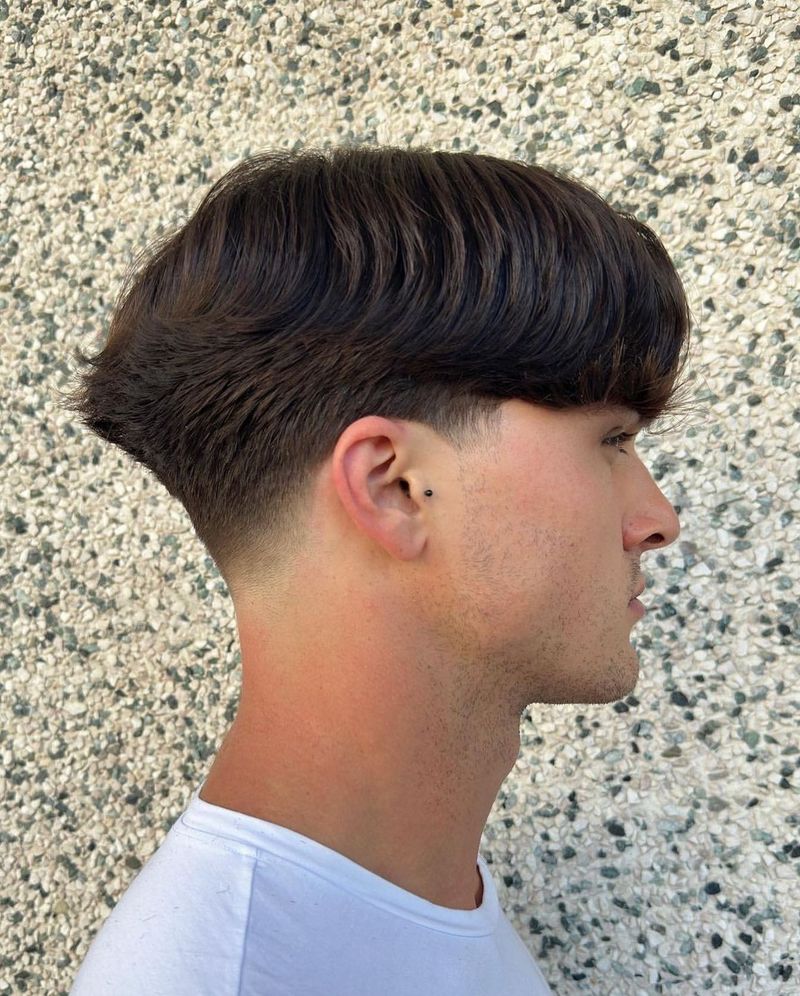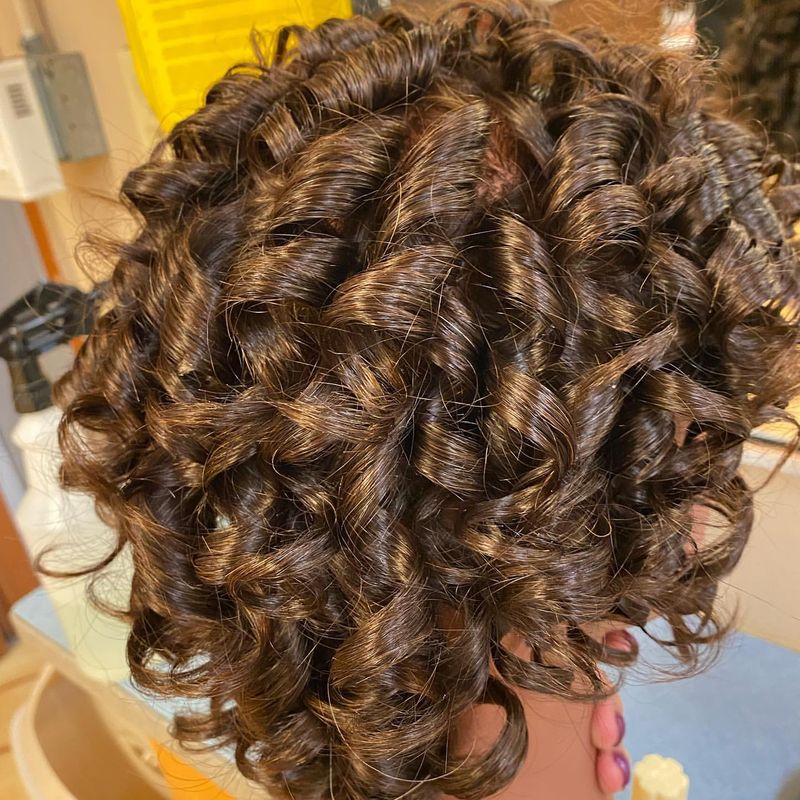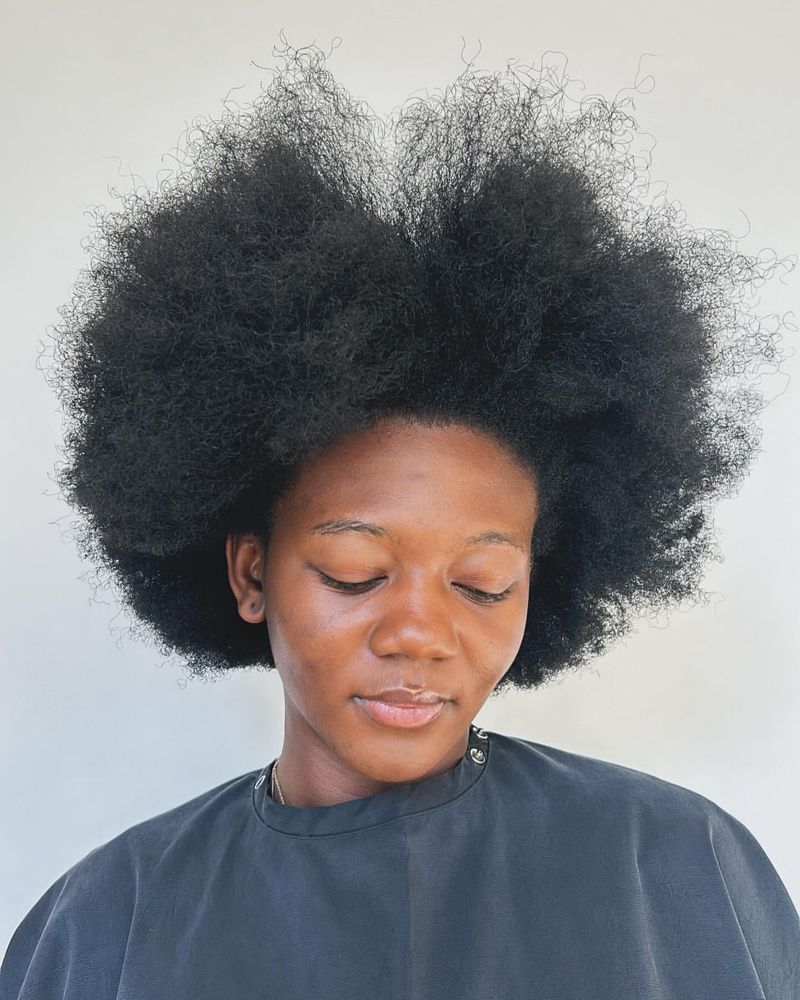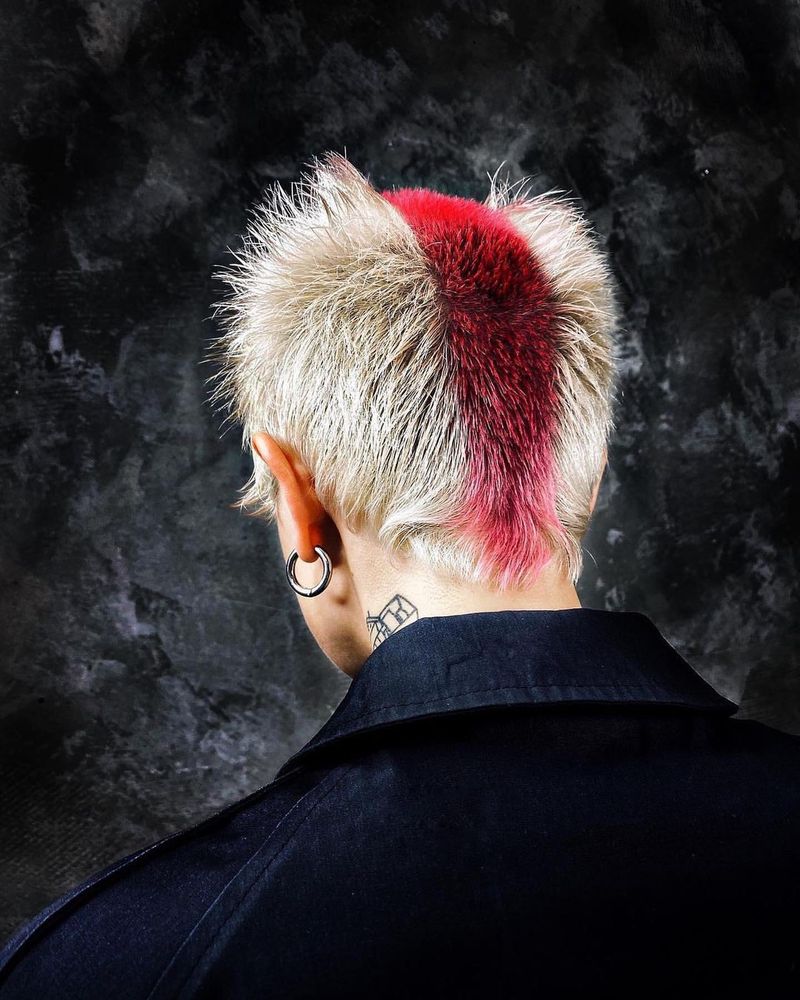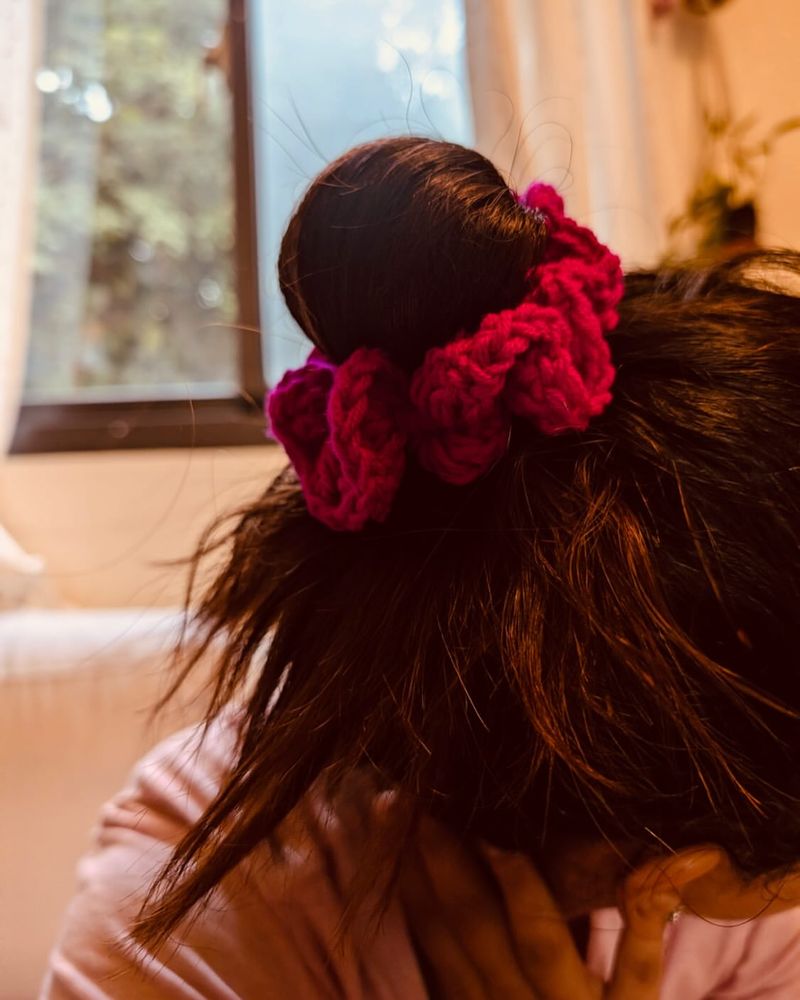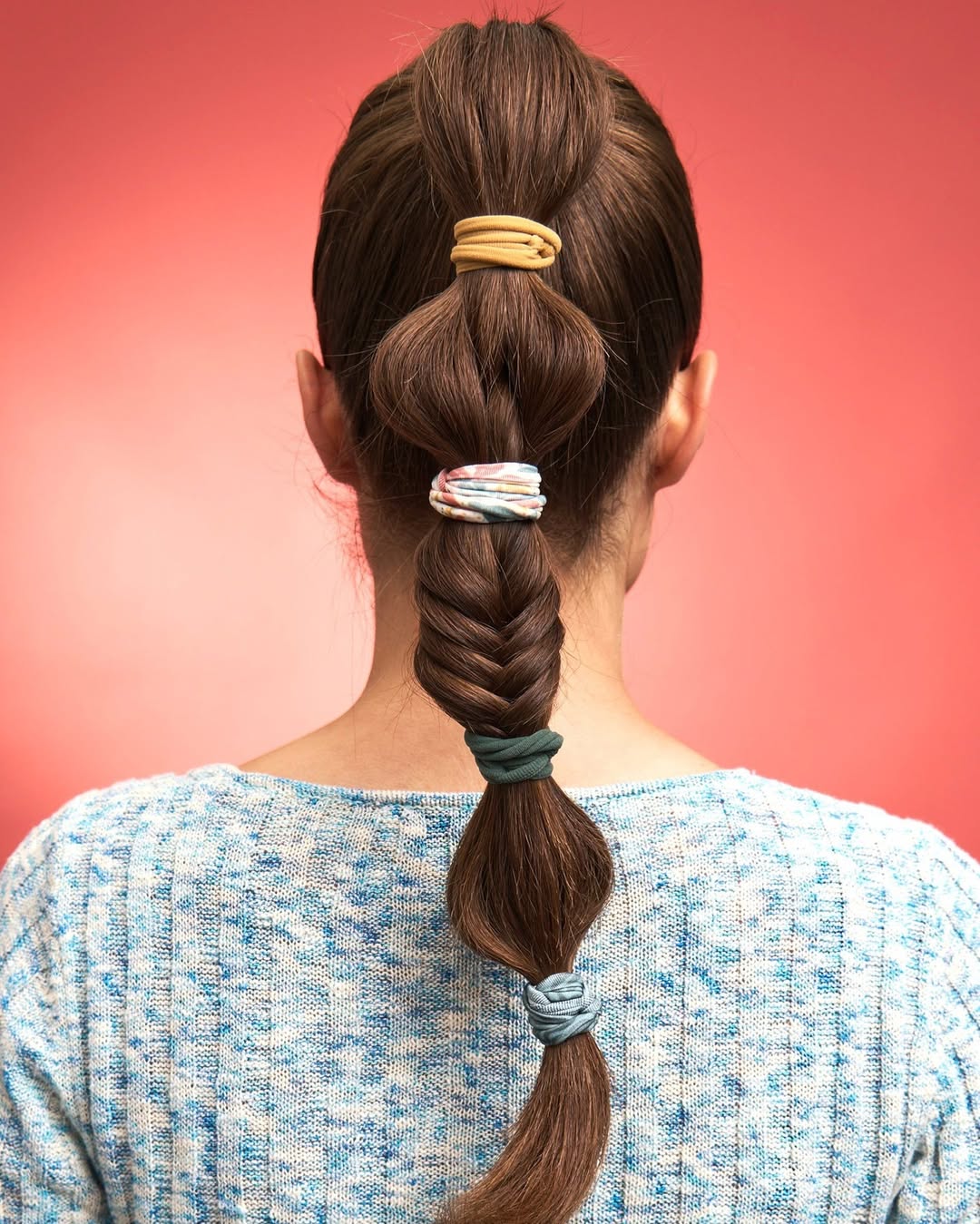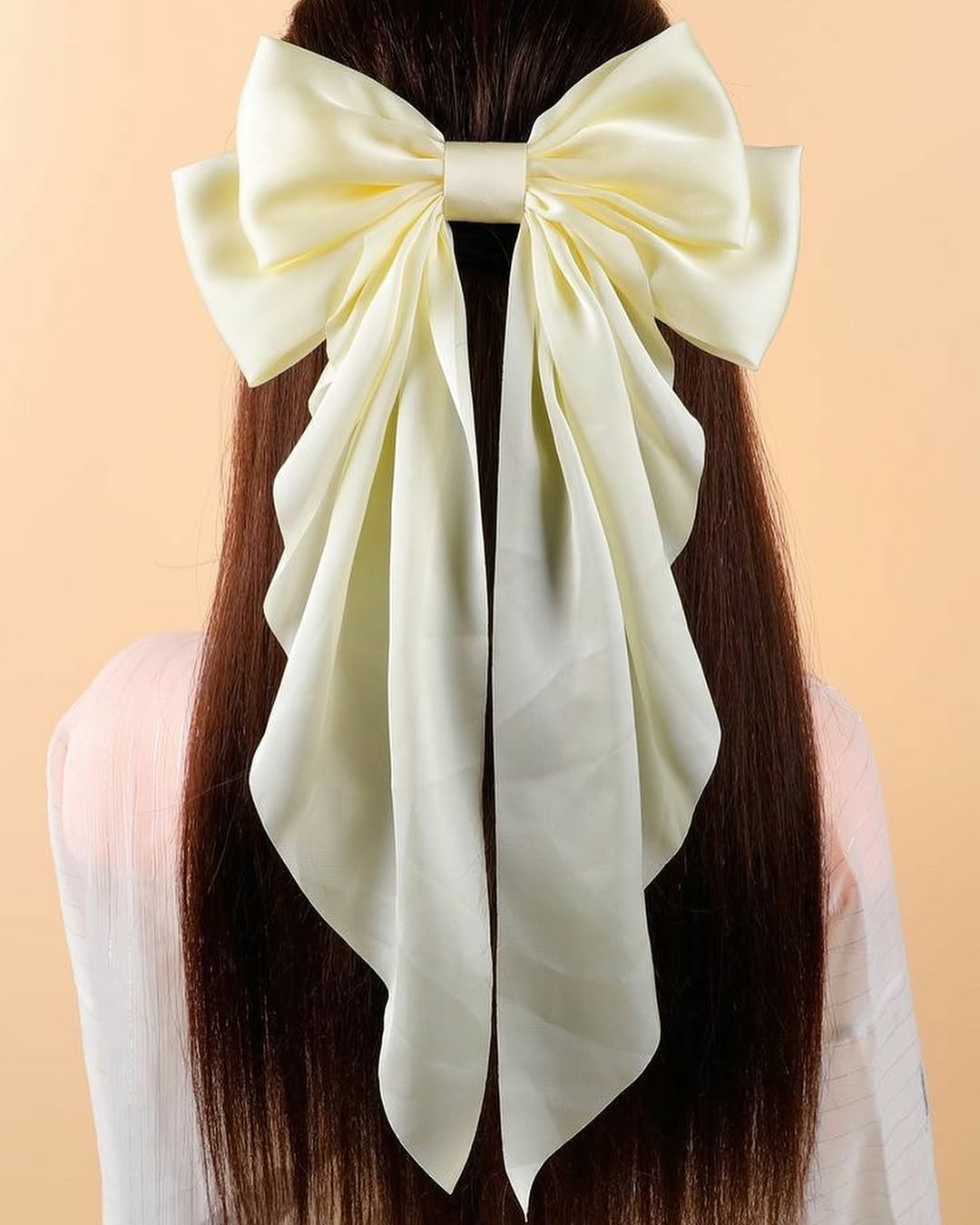Ah, the ’80s—a decade of neon, leg warmers, and some truly questionable hairstyle choices. While some trends have made a triumphant return, others should stay locked in a time capsule forever.
From sky-high perms to gravity-defying bangs, these styles were fun while they lasted… but even the ’80s might agree it’s best to leave them in the past.
1. The Mullet
The mullet was a staple of the ’80s, characterized by its “business in the front, party in the back” look. This hairstyle combined a short cut on top and sides with long, flowing locks at the rear.
Related: -Thinking About Box Braids? Here Are 17 Things You Should Know
Its dual nature was both revolutionary and controversial. Today, it symbolizes a quirky fashion misstep.
2. Jheri Curls
Jheri curls were a glossy, curly hairstyle that promised shine and softness. Popular in African American communities, it required special products to maintain its wet look.
However, the style’s upkeep was taxing, often leading to greasy residue. Despite its initial appeal, the high maintenance turned many away.
3. Rat Tail
The rat tail featured a long, singular strand of hair growing from the neck’s nape, while the rest of the hair remained short. It was a puzzling style choice, often paired with an edgy, rebellious persona.
This lonely tail of hair defied conventional norms, making it a peculiar relic of ’80s expression.
4. Feathered Bangs
Feathered bangs offered a soft, windswept appearance, blending seamlessly with the rest of the hair. Despite its intended elegance, the style often led to excessive puffiness.
Maintaining these bangs demanded constant styling, which made them impractical. They were charming yet cumbersome, embodying the era’s love for voluminous trends.
5. Permed Hair
Permed hair became synonymous with the ’80s, offering curls that promised volume and bounce. Achieved through a chemical process, the look was often more frizz than fabulous.
It required significant maintenance and could result in hair damage. While the curls were lush, the perm’s unruly nature often led to hair woes.
6. Big Hair
Big hair epitomized the ’80s, characterized by its large, voluminous wave created with teasing, hairspray, and even more hairspray.
It was an extravagant style statement, often leading to tangled locks. Although it symbolized confidence, the excessive product use was damaging. Its grandeur often outweighed practical hairstyling.
7. Spiked Mohawk
The spiked mohawk was a rebellious punk symbol. Achieved by shaving the sides and gelling the central strip of hair into sharp spikes, it was a visual statement of non-conformity.
The style’s upkeep was arduous, requiring frequent trims and stiffening products. Its edgy flair came at the cost of practicality and comfort.
8. High Top Fade
The high top fade showcased a flat, elevated top with closely shaved sides, popular in African American communities. This geometric style required precise cuts and maintenance.
While it offered a clean look, achieving the perfect height and shape often necessitated frequent salon visits. Its boldness was undeniable, but its upkeep was relentless.
9. Side Ponytail
The side ponytail was a playful style that involved gathering hair to one side, secured with a scrunchie. It was a flirty, fun look but often came off as juvenile.
While it brought whimsy to casual settings, it lacked sophistication. The asymmetrical nature made it impractical for balanced styling, limiting its appeal.
10. Ducktail
The ducktail, or DA, involved slicking hair back to create a central seam, resembling a duck’s tail. It was both sleek and rebellious.
Despite its retro charm, the style required copious amounts of gel to maintain, often leading to greasy hair. Its distinctive silhouette was stylish yet challenging to perfect daily.
11. Liberty Spikes
Liberty spikes were extreme, with hair styled into long spikes, radiating from the scalp like a crown. This radical look required commitment, as each spike needed meticulous styling with gels and sprays.
The impracticality lay in its time-consuming nature and fragility. Although striking, it was more theatrical than everyday wearable.
12. Shag Haircut
The shag haircut featured choppy layers with plenty of volume, offering a carefree, tousled appearance. Yet, its uneven layers could lead to unruly styling challenges.
While aiming for effortless chic, it often just appeared disheveled. It was an attempt to fuse casual with trendy but often missed the mark.
13. Crimped Hair
Crimped hair involved using a heated tool to create zigzag patterns, adding texture and volume. While it provided a unique, textured look, the process often resulted in hair damage.
Maintaining the crimped effect proved challenging, with styles quickly losing shape. Its novelty wore off, leaving behind frazzled strands.
14. Bleached Tips
Bleached tips added a pop of color to the hair ends, often paired with spiky styles. While it offered a striking contrast, the bleaching process weakened hair and required regular touch-ups.
The trend celebrated boldness but demanded commitment to upkeep. It was a daring look, yet often fraught with damage.
15. Frosted Bangs
Frosted bangs involved lightening the tips, creating a frosty appearance against darker hair. This style added dimension but was tricky to maintain.
The contrast could appear harsh, requiring frequent trims and touch-ups. It was an attempt at chic sophistication but often ended up resembling a style experiment gone awry.
16. Asymmetrical Bob
The asymmetrical bob featured uneven lengths, offering an edgy twist on the classic bob. While modern and stylish, the uneven nature made it hard to style and difficult to grow out.
It was a bold fashion choice, but maintaining the sharp lines required regular salon visits, making it a high-maintenance commitment.
17. Sky-High Bangs
Sky-high bangs involved teasing hair to stand upright, often creating monumental height. Achieved with teasing and hairspray, these bangs were a towering fashion statement.
However, they required constant maintenance and styling to prevent collapse. The dramatic look was eye-catching but often impractical for daily wear, favoring spectacle over comfort.
18. Bowl Cut
The bowl cut was a straightforward style, resembling a bowl placed over the head and trimmed around. While easy to achieve, it offered little in terms of fashion appeal.
The uniform shape lacked dimension and style versatility. Although cost-effective, it was often considered a regrettable choice in retrospect.
19. Teased Layers
Teased layers added extreme volume, creating a fluffy, airy look. This required much backcombing and hairspray, leading to tangles and damage.
While it embodied the era’s boldness, the style was hard to manage and maintain. Although fun, the excessive styling often led to brittle hair, making it a challenging choice.
20. Flat-Top Hair
The flat-top required precision, offering a clean, boxy look. The hair was cut and styled to stand straight with a flat surface, demanding regular maintenance.
While it projected a bold statement, the upkeep was labor-intensive. Achieving the perfect geometric shape was challenging, making it a style for the dedicated.
21. Curly Bangs
Curly bangs offered a playful twist, with curls cascading down the forehead. They were cute but required careful styling to blend with the rest of the hair.
The curls could easily become unruly or lose shape. While they added charm, maintaining the look demanded constant attention, leading to styling fatigue.
22. Half-Up, Half-Down
The half-up, half-down style combined elegance with casual, featuring the top section pulled back and secured.
While it offered versatility for various occasions, achieving balance between the two sections was tricky. The style was often uneven, requiring meticulous care to look polished. It was adaptable but demanding in execution.
23. Slicked-Back Hair
Slicked-back hair was sleek and polished, achieved with gel to create a smooth, shiny finish. While offering sophistication, the look required constant product use, leading to greasy hair.
The style could appear strict and lacked the casual versatility many sought. Despite its classic appeal, the rigidity was often off-putting.
24. Wet Look
The wet look involved using gel to create a shiny, damp appearance. While fashionable, it demanded generous product application, leading to a heavy feel.
The style was challenging to maintain throughout the day, often resulting in product buildup. Its glossy allure was tempting, yet the practicality was questionable.
25. Pageboy Cut
The pageboy cut featured even-length hair with inward curls at the ends. It was neat and tidy, yet lacked modern appeal.
The style offered little versatility, appearing outdated by contemporary standards. While it provided a classic look, it required constant trimming to maintain its shape, making it a dated choice.
26. Hairsprayed Fringe
The hairsprayed fringe was a hallmark of ’80s styling, involving heavy product use to keep bangs in place. While offering a dramatic look, the style often led to stiffness and discomfort.
The rigidity limited movement, making it impractical for active lifestyles. Although visually striking, the fringe demanded high maintenance.
27. Wedge Haircut
The wedge haircut featured layers that tapered towards the neck, offering a geometric shape. While modern at the time, the style could appear severe and required frequent trims to maintain.
The cut’s distinct shape often proved difficult to style casually. Though fashionable, it was a rigid choice with limited versatility.
28. Spiral Perm
The spiral perm promised cascading curls, achieved through a chemical treatment. While the look was glamorous initially, maintaining the curls’ shape proved challenging, often resulting in frizz.
The process could damage hair, requiring careful upkeep to retain style integrity. Though captivating, the perm’s demanding nature was often burdensome.
29. Frizzy Afro
The ’80s frizzy afro highlighted a full, rounded shape, celebrating volume. However, the style was challenging to maintain, often resulting in excessive frizz without proper care.
Achieving definition required specific products and techniques. While embracing natural beauty, the style’s high maintenance was a significant drawback, overshadowing its lush aesthetic.
30. Reverse Mohawk
The reverse mohawk involved shaving a strip down the middle of the head, leaving hair on the sides. This striking look was avant-garde but impractical, often challenging societal norms.
Its boldness was undeniable, but the unconventional style was difficult to maintain and wear daily. Its daring nature was its defining feature.
31. Hair Scrunchies
Scrunchies were an essential ’80s accessory, worn as colorful fabric bands to secure hair. While practical, their bulky appearance often clashed with sleek styles.
The scrunchie’s charm lay in nostalgia, yet its aesthetic appeal was limited.
32. The Never-Ending Ponytail Ties
One scrunchie wasn’t enough? No problem—just keep tying more and more down the length of your ponytail until it resembled a bumpy, sagging accordion.
Whether it was neon elastics, fabric ties, or scrunchies stacked like a totem pole, this style made sure your ponytail had sections… way too many sections.
33. The Giant Bow Catastrophe
Bigger was always better in the ’80s, which meant oversized bows that swallowed entire heads.
Whether it was a stiff satin bow or a gigantic polka-dot explosion, these bows weren’t just an accessory—they were the main event.

